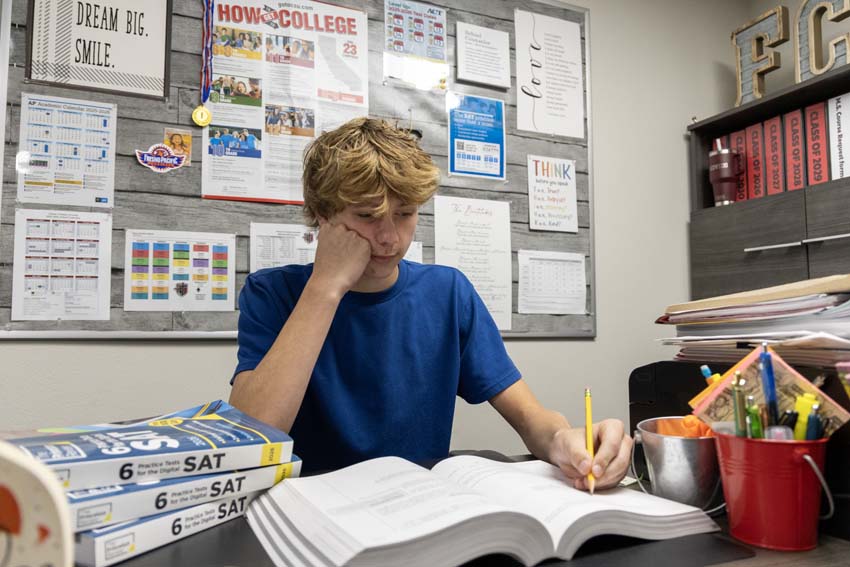A quality movie requires talented actors to bring a story to life — but what would they be without their costumes? What would Star Wars be if Darth Vader wore jeans and a T-shirt? Without costumes, a film would lose a vital aspect.
Amidst the variety of factors creating a movie, costumes are often overlooked even though we stare at them the whole time. Whether the actors are wearing elaborate layers and cloaks or simple modern attire, costumes add a special element to complete a movie.
Every spring, the Fashion Institute of Design and Merchandising (FIDM) in downtown Los Angeles features costumes from several movies of the previous year with the The Art of Motion Picture Costume Design. The free exhibit, now in its 19th year, offers an opportunity for anyone to get a close look at the clothes they’ve seen on the big screen.
In addition, a few outfits from whichever movie won the Academy Award for Best Costume Design are kept on display with the rest.
This year FIDM’s exhibit holds costumes from over 20 movies of 2010, including The King’s Speech, Inception and True Grit, and will be available for viewing through April 30.
Since my family discovered this event a few years ago, we aim to continue attending annually. Over the years, I’ve seen costumes from notable movies such as Harry Potter, Star Wars, Pride and Prejudice, Batman Begins and Enchanted.
In this year’s round of costumes, my favorite set was from The King’s Speech, simply because it was my favorite movie of the year. There was something particularly special about gazing straight at the suit Colin Firth wore as he produced an Oscar-winning role as the stuttering King George VI of England.
It’s always a fascinating experience to see the costumes close-up and to be right in front of the clothes that famous actors wore. Sometimes the outfits look just as I remember them in the movie, and sometimes the colors look completely different due to lighting and effects.
Being mere inches away from the clothing gives a close-up view of the designer’s careful work. I often see fashion students studying techniques. Even though I can hardly sew a stitch, I find it intriguing to examine the intricate patterns in the grandiose costumes.
With the firsthand view, I always leave with a respect for the designers, who clearly give each costume thought. Each fabric must not only work for the character, but must also look good on camera, match the movie’s tone and be durable.
Furthermore, historical movies take research and experimentation for a designer to piece together chain mail or geisha’s wrap. Queen Victoria can’t be wearing a pattern from the 1900s and a warrior’s armor can’t be falling apart on camera.
Besides the layers of techniques, I always take note of who wore the costume and consider their onscreen appearance. It’s interesting to look at Matt Damon’s towering ensemble and realize that he is much taller than I had assumed, or to notice that Jake Gyllenhaal is shorter than the editors make him look. I observed that Carey Mulligan has quite long feet, and Ellen Page is absolutely tiny.
Sure, these are all pretty useless facts, but these observations are just a few of the many aspects of the art of costume design. Considering all of the work put into the clothing, costumes must have some significance to a movie. In interviews, I often hear actors say that they love getting to wear so many different costumes and that their attire puts them into character.
To the actors, costumes contribute to an identity. To designers, costumes are their babies. To movie-watchers, costumes create an atmosphere. In light of this, I highly recommend The Art of Motion Picture Costume Design. The museum provides insight into an aspect of filmmaking that often goes unnoticed, but deserves recognition. Whether someone is a sewing enthusiast or not, there is always something to appreciate.
FIDM will next feature television costume design with the 6th Annual Outstanding Art of Television Costume Design exhibit, July 12 through Aug. 20.
For more columns, read the April 17 column, Anaheim: The beginning and the end.






